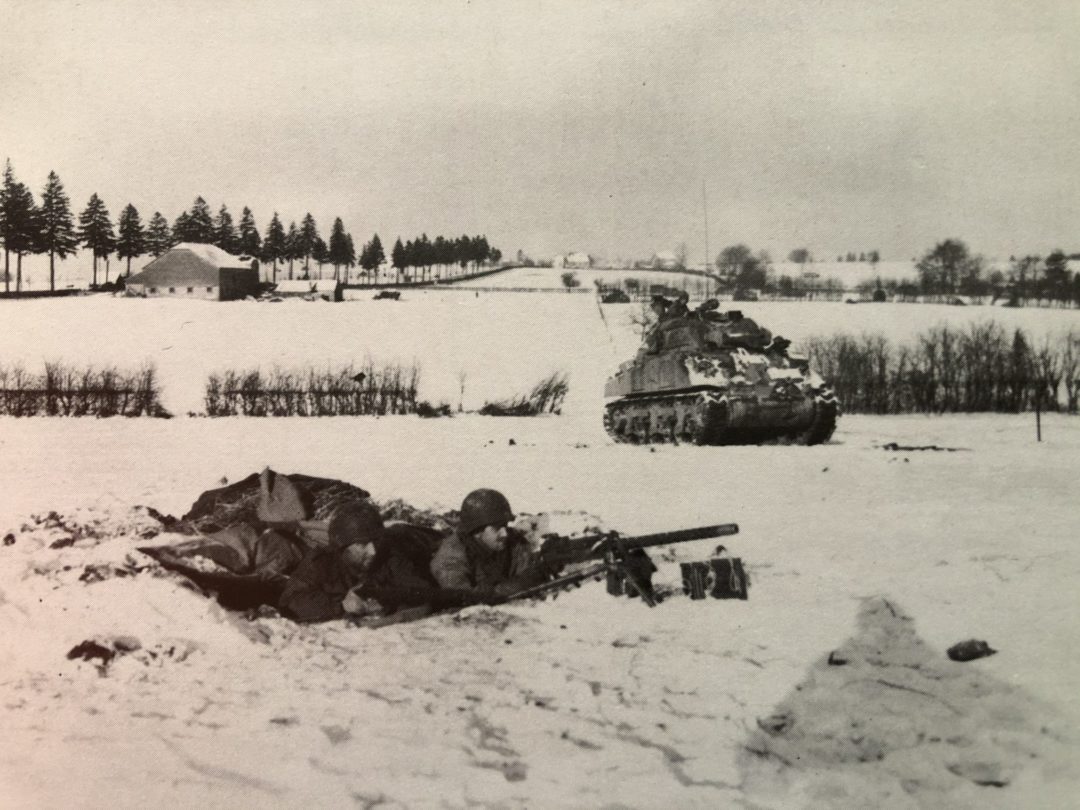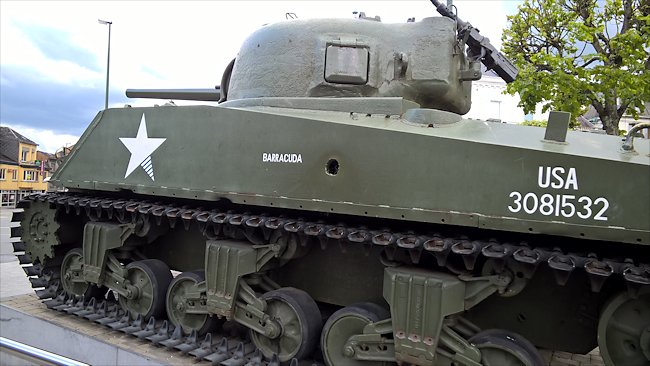

Despite reports and refusals, they managed to pursue the project by themselves and eventually get the concept accepted.

It finally happened largely due to the efforts and perseverance of two officers, British Major George Brighty, with the help of Lieutenant Colonel Witheridge, an experienced veteran of the North African campaign and wounded at Gazala. The idea of putting the 17 Pounder (76.2 mm/3 in) on a Sherman was long opposed by the Ministry of Supply. Preserved Firefly, showing its camouflaged barrel, as seen in 2008. Mated with the Sherman, this stopgap combination (before the new generation of Allied tanks could enter service) became lethal, and added its own weight to the Allied effort to secure victory.

However, the British Army had just received the superlative 17 pounder, which proved itself able to nail any known Panzer. But facing the latest versions of the Panzer IV, the Panther and Tiger, it was woefully inadequate. Its basic 75 mm (2.95 in) gun was excellent to deal with other tanks at reasonable ranges and against armor up to 75 mm (2.95 in), or against fortifications and infantry. If you spot anything out of place, please let us know! Hello dear reader! This article is in need of some care and attention and may contain errors or inaccuracies. At that time, the “basic” M4 Sherman equipped the Allies almost exclusively, from the US to the British, Canadian, ANZACS, Free Polish and Free French forces, and its limitations were well known before 1944. Tank Destroyer – Approximately 2,000 Built Turning the Sherman into a killerįrom the hedgerow of Normandy, France, to the hills of Italy and the plains of Netherlands, the Firefly was one of the few Allied tanks the Germans learned to fear… Among the most potent Allied conversion of the war, and certainly one of the deadliest version of the Sherman, it was a clever -although risky and improvised- move to try to keep up with the latest German tank developments. United Kingdom/United States of America (1944)


 0 kommentar(er)
0 kommentar(er)
